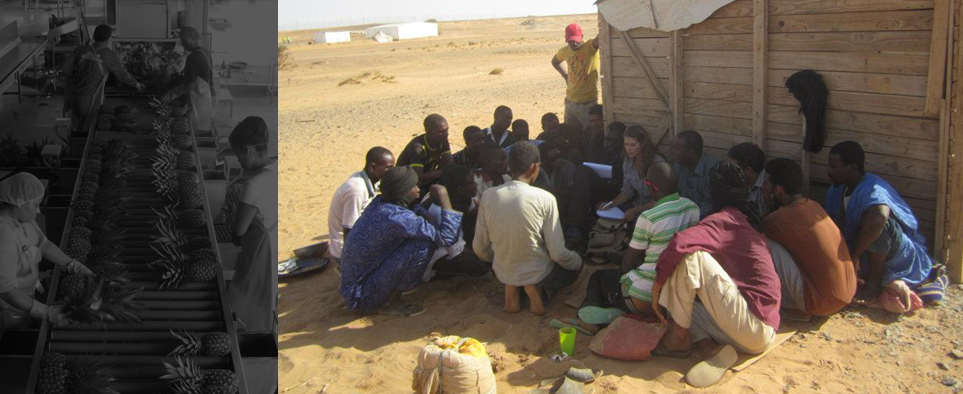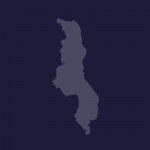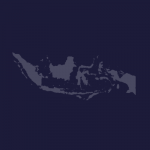Assessing the human rights impacts of mining is facilitated by the sector’s strong background for data collection, enabling assessors with access to review robust sets of environmental, health, engineering, and workforce data. However, mining sector HRIA can be hindered by perceptional disjoints between mine management and affected rightsholders. Misunderstandings often characterizes relationships between a mine and the populations it affects, which result from weak communication processes accompanying a mine’s alarming ability to dramatically change a landscape.
HRIA case studies from Southeast Asia and sub-Saharan Africa showcase these perceptional issues, while also delving into the very real human rights risks associated with large-scale industrial construction in remote settings. Public health risks incumbent with workforce emigration can be accompanied by public participation risks resulting from corruption of local officials. At the same time, by concentrating a workforce within a limited footprint, mines can be ideal entities for monitoring and managing public health risks, while also promoting labor rights that exceed local standards and align with international expectations set by the ILO.






Pingback: Corporate HRIAs - NomoGaia